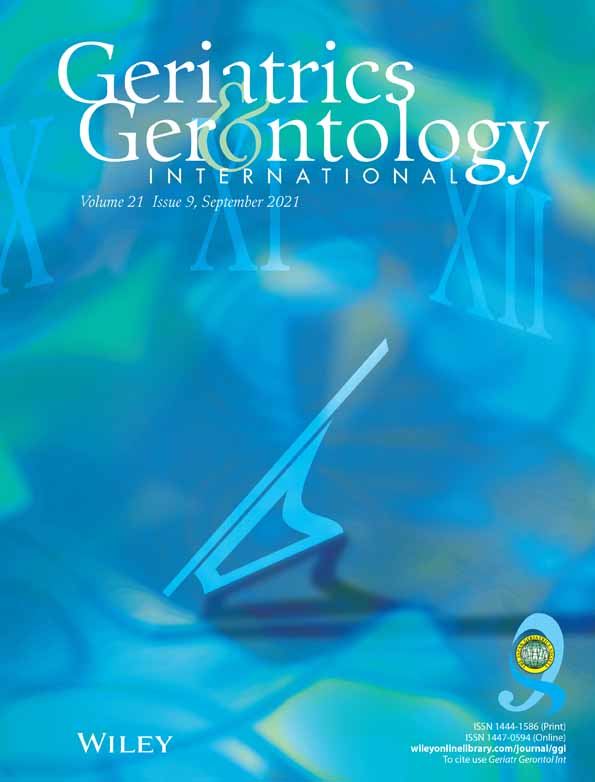Characteristics of esophageal achalasia in geriatric patients over 75 years of age and outcomes after peroral endoscopic myotomy
Abstract
Aim
As the population ages, the proportion aged ≥75 years is expected to increase. Many studies on peroral endoscopic myotomy (POEM) as treatment for esophageal achalasia have already been reported; however, few studies have been designed on patients aged ≥75 years. The purpose of this study is to describe the characteristics of esophageal achalasia in patients >75 years and to evaluate the outcomes of POEM.
Methods
This study included 121 patients who underwent POEM for esophageal achalasia, which was divided into the geriatric (n = 18) group aged ≥75 and the young (n = 103) group ≤74 years. The characteristics of esophageal achalasia and the short-term outcomes after POEM in the geriatric group compared with the young group were retrospectively investigated.
Results
The median age of the geriatric group was 78 years, and two patients were initially diagnosed with refractory pneumonia, and esophageal achalasia was initially overlooked. The preoperative Eckardt score of the geriatric group was significantly lower than that of the young group (4 vs. 6, P = 0.007), particularly in the regurgitation score. The Eckardt score and integrated relaxation pressure of both groups were significantly improved after POEM (P < 0.001). There were no cases of perioperative complications in the geriatric group.
Conclusions
POEM for esophageal achalasia is a safe and effective treatment even in geriatric patients >75 years of age. In geriatric patients with recurrent or intractable pneumonia, it is important to rule out esophageal achalasia. Geriatr Gerontol Int 2021; 21: 788–793.




